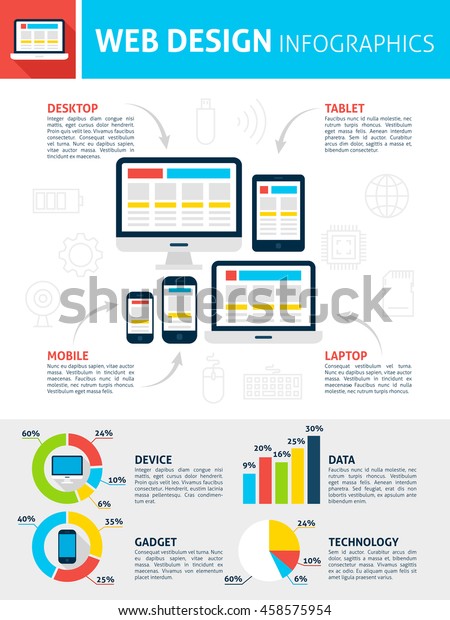Join Us As We Embark On A Journey With Time, Exploring The Evolution Of Web Site Layout And Just How It Has Affected The Electronic Landscape
Join Us As We Embark On A Journey With Time, Exploring The Evolution Of Web Site Layout And Just How It Has Affected The Electronic Landscape
Blog Article
Authored By-Abel Dodson
In the past, websites were easy and concentrated on information. Navigation was straight, and design was for desktop computers. Now, individual experience is key. Data overviews layouts for easy navigating. Responsive layouts fit various gadgets. Today, dark mode lowers strain, and minimal food selections enhance navigation. Interactive features involve users, and bold visuals stand apart. AI integration enhances involvement. See just how design has actually progressed to improve your on the internet trip.
Very Early Days of Website Design
In the early days of website design, simplicity reigned supreme. Web sites were basic, with restricted shades, fonts, and formats. The emphasis got on providing details instead of showy visuals. Customers accessed the web through sluggish dial-up links, so speed and capability were vital.
Navigation menus were straightforward, usually situated on top or side of the page. Web sites were created for home computer, as mobile browsing had not been yet common. Material was king, and developers focused on simple readability over intricate design components.
HTML was the main coding language used, and developers had to function within its restrictions. Animations and interactive features were very little compared to today's requirements. Sites were fixed, with little vibrant material or tailored customer experiences.
Surge of User-Focused Style
With the evolution of web site layout, a shift towards user-focused design principles has actually come to be progressively famous. Today, creating internet sites that prioritize user experience is critical for involving site visitors and accomplishing organization objectives. User-focused style entails understanding the demands, choices, and behaviors of your target audience to tailor the website's format, web content, and features as necessary.
company profile google conduct extensive research, such as customer surveys and use screening, to collect understandings and responses straight from individuals. This data-driven method helps in creating intuitive navigating, clear calls-to-action, and aesthetically appealing user interfaces that reverberate with visitors. By placing the user at the facility of the style process, websites can supply a more customized and delightful experience.
Receptive design has actually also emerged as a crucial facet of user-focused design, making certain that sites are maximized for different devices and screen dimensions. This flexibility enhances availability and use, accommodating the diverse ways users engage with websites today. In essence, the surge of user-focused style symbolizes a change towards developing digital experiences that prioritize the needs and assumptions of the end individual.
Modern Trends in Web Design
Explore the most recent patterns shaping website design today. One popular pattern is dark setting style, offering a sleek and modern look while decreasing eye strain in low-light settings. One more vital fad is minimal navigating, streamlining food selections and improving user experience by concentrating on essential elements. Incorporating search engine optimization content -interactions, such as computer animated switches or scrolling impacts, can create a much more engaging and interactive internet site. Receptive design remains essential, making certain smooth customer experiences throughout different devices. Furthermore, making use of bold typography and unbalanced formats can include visual interest and draw attention to certain web content.
Integrating AI innovation, like chatbots for consumer assistance or individualized recommendations, improves user engagement and streamlines processes. Accessibility has also come to be a considerable pattern, with developers focusing on comprehensive layout techniques to deal with diverse customer requirements. Accepting sustainability by enhancing site performance for speed and efficiency is another arising fad in web design. Collaborating with customer feedback and data analytics to iterate and enhance style continually is important for remaining appropriate in the ever-evolving digital landscape. By embracing these modern-day patterns, you can develop an aesthetically attractive, user-friendly web site that resonates with your audience.
Conclusion
As you reflect on the advancement of internet site design from the very early days to now, you can see how user-focused layout has become the driving force behind contemporary trends.
Welcome the trip of adjustment and adjustment in website design, constantly keeping the user experience at the forefront.
Keep current with the latest fads and modern technologies, and never stop evolving your approach to develop visually stunning and easy to use websites.
Progress, adjust, and develop - the future of web design is in your hands.
